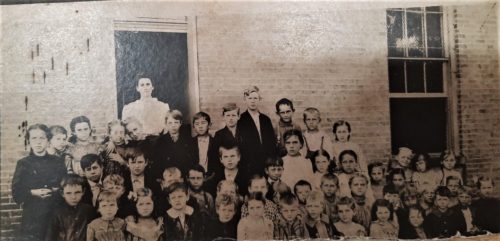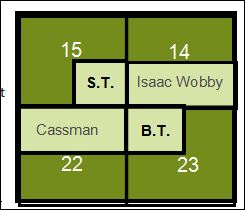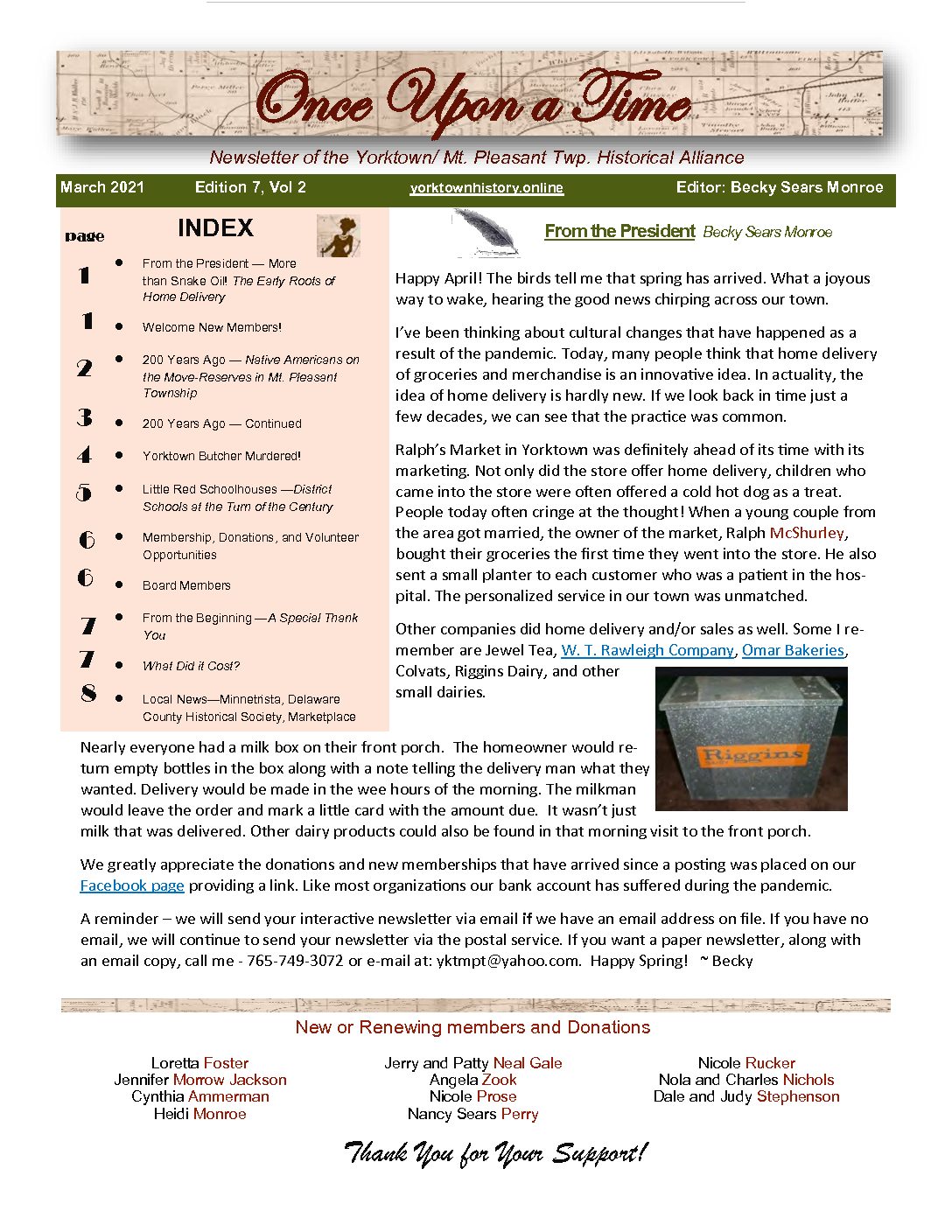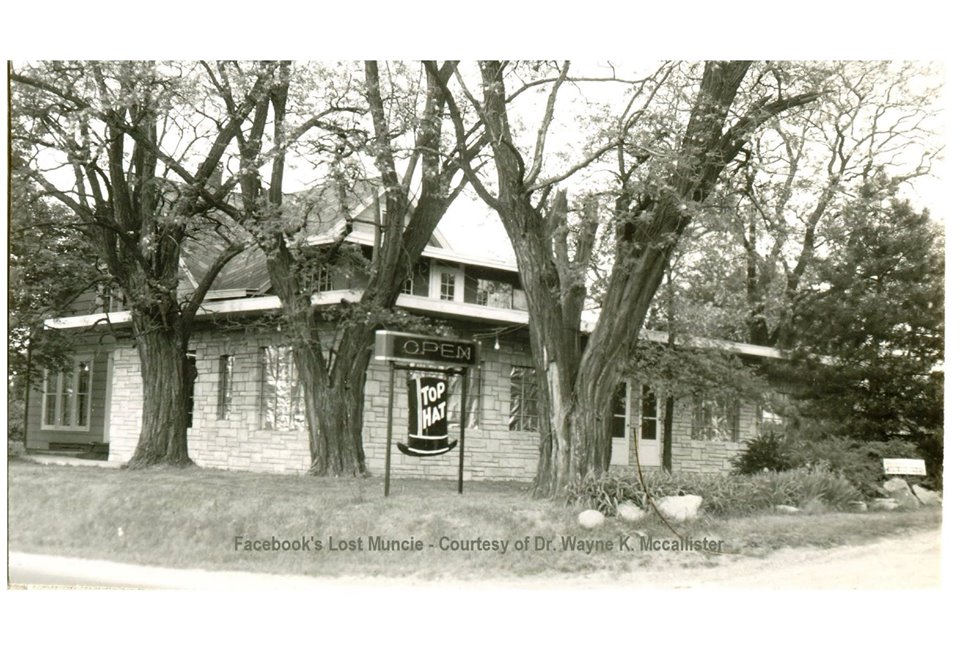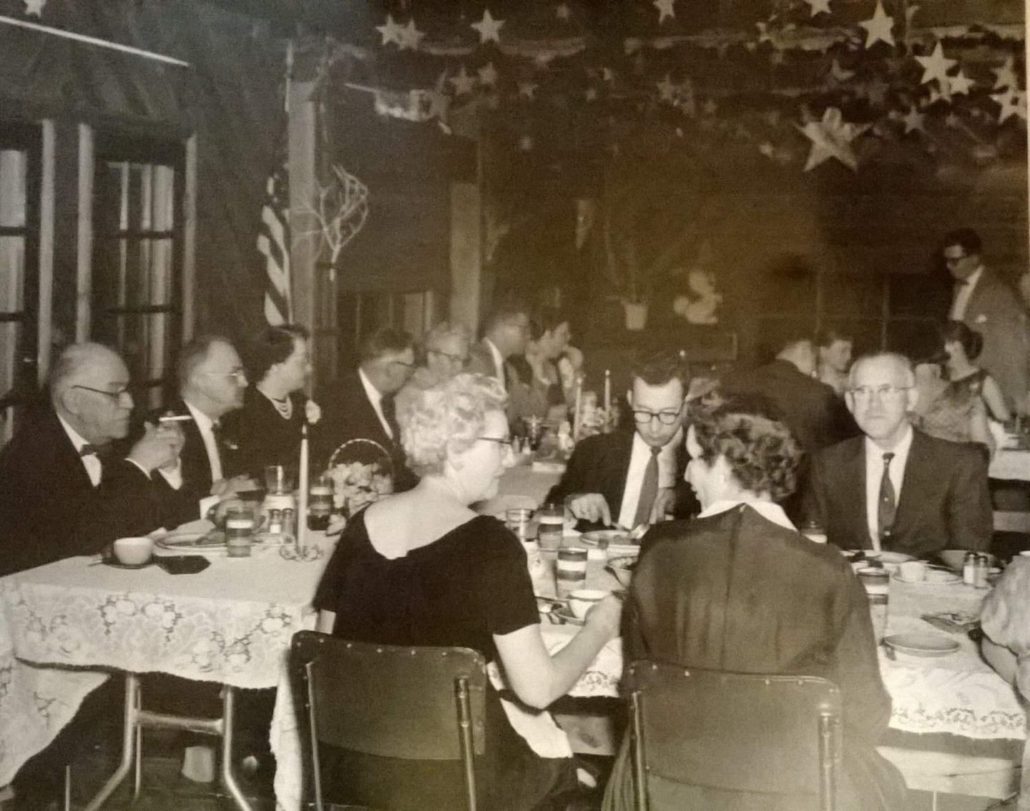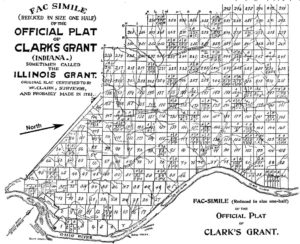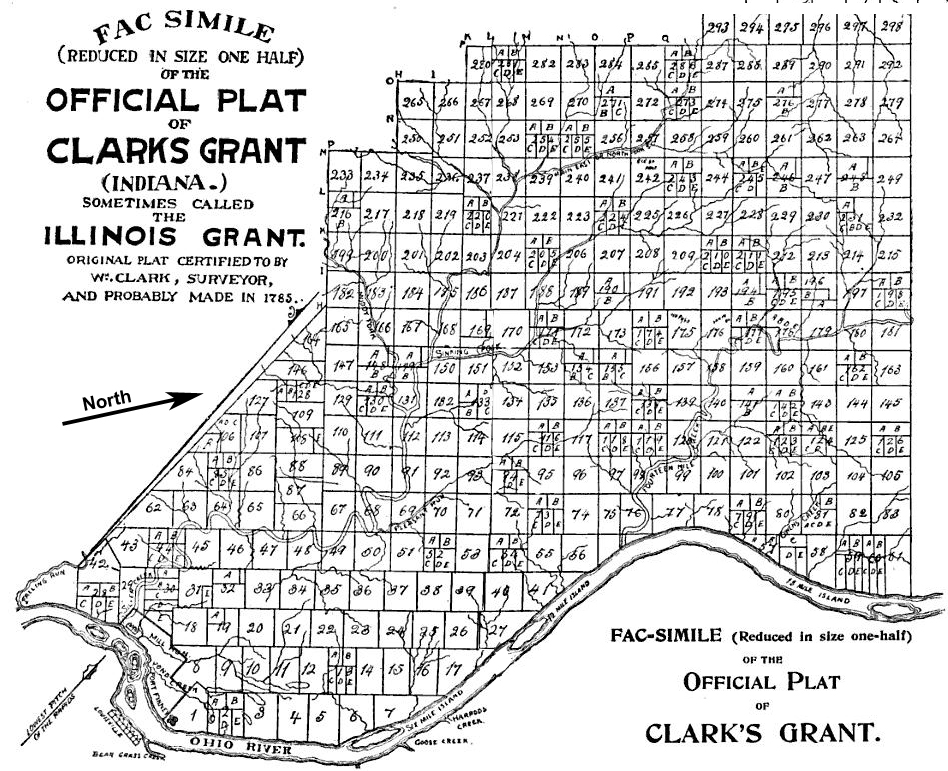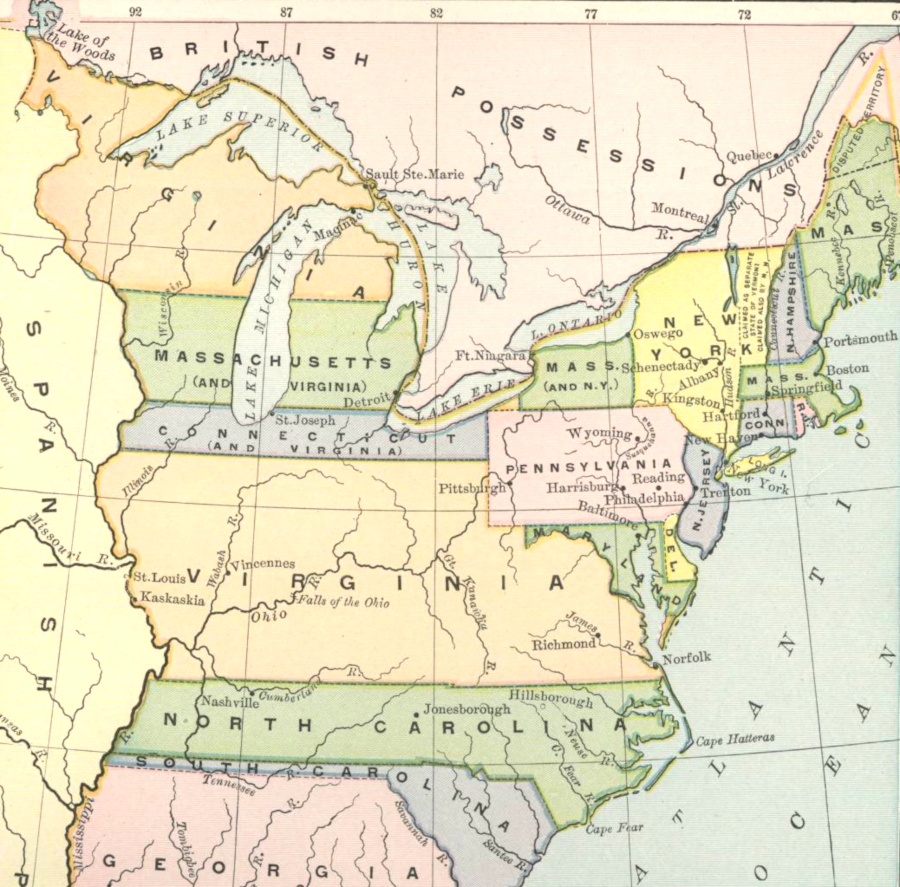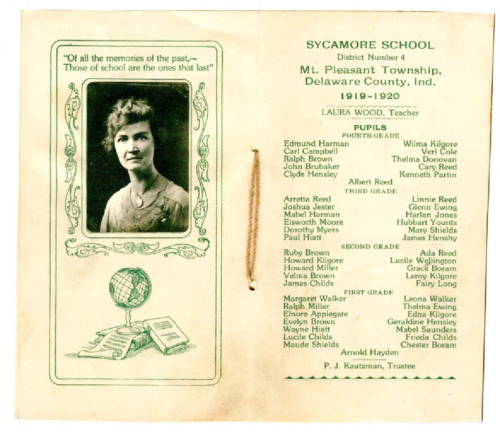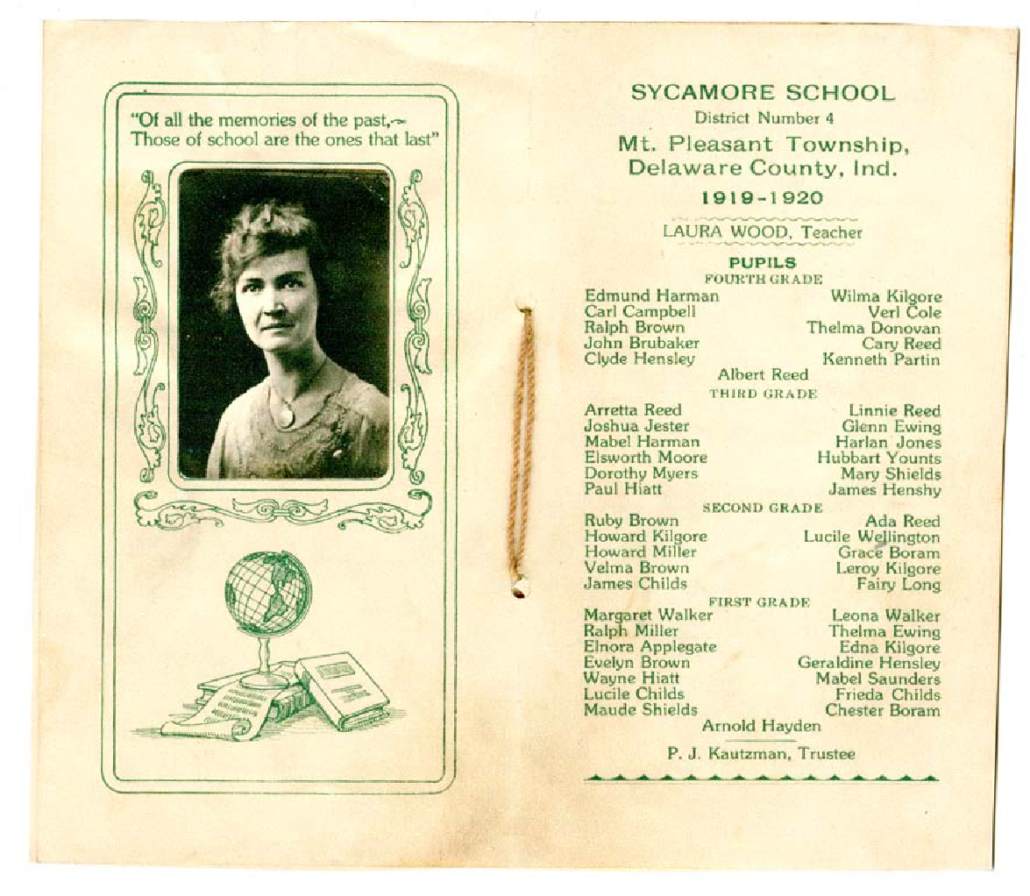By Julie Musick Hillgrove
Indiana Territory was very sparsely settled when it was first formed. From 1805-1815, early students were taught by an instructor who traveled from house to house, spending one-third of the day with each family. According to William Monroe Cockrum, Pioneer History of Indiana, 1907, the “circulating teachers”, as they were called, could give three lessons each week to six families with children. When walking became less dangerous, the children would often meet in the most central home in the area and the teacher would come there. At that time, the teacher was paid by the families.
The first school in Mt. Pleasant Township was taught by a newly graduated lawyer, David Kilgore, in a deserted cabin in 1831. The next year a schoolhouse was erected in section 16, where Reed Schoolhouse later stood.
By the 1820’s some areas had enough support for a subscription school. A site was selected and a small cabin erected. Parents would pay for their children to attend school for two or three months a year. The usual fee, if the teacher boarded among the families, was $1.75 per student per session. If the teacher boarded himself, the rate was $2.50 per student per session. The 2021 equivalent would be about $39.13 and $55.89 per student. (Most teachers of that period were men.)
In 1824, the general assembly passed an act to incorporate congressional township schools and provide for public education. It did little to change education. Each area voted on raising taxes for education. The folks in Mt. Pleasant voted against it. Indiana citizens became widely known as ignorant and illiterate. Free public education did not actually begin until 1850.
There were 9 district schools in Mt. Pleasant Township.
District 1, McKinley Schoolhouse, later named Nebo School. It was built in 1842 and used until 1910. Land was originally owned by James Williamson (1835). In 1887, land was owned by the heirs of R. Williamson. It was in Section 12-R8, east.
District 2, Antiock Schoolhouse was built in 1842. Later, Cammack School (1911-1937). School is now the Aul Brothers Tool and Die building (2021). Address: 9609 W Jackson St. at the intersection of 600W in Section 3.
District 3, Shephard Schoolhouse, later Lincoln School (1844-1923/4). Land was owned originally by Israel H. Shepard (or Shephard) who purchased the property in 1837 in Section 5. In 1887, the land was owned by Benjamin D. Snodgrass, beside the James Jester property. It was standing in 1998.
District 4, Sycamore Schoolhouse. The earlier frame building was probably built in the mid-1840s and was used until 1912 when a new, brick building was built to replace it. The second building was used until 1935 when the school closed. The buildings have been razed. The school was in Section 12 R8-E on 900 W at Division Road. In 1837, it was on the land of Purnell F. Peters. In 1887, on the land of Benjamin L. Curtice.
District 5, Walker Schoolhouse began as a log cabin in the 1840s. The school was rebuilt twice with the last building used until 1910. The school was in Section 19 just northeast of 900W and 200S. Land was originally owned by Oliver H. Smith (1837) but purchased by Hugh Walker in 1844. In 1887, the land was owned by Mary C. Pool, widow of Isaac Jones and wife of 2nd husband, Benjamin Pool. Walker families lived to the west.
District 6, Reed Schoolhouse, later Liberty School was built in 1832 in Section 16. The land was owned by Sylvanus O. Hawk in 1887.
District 7, Center Schoolhouse was in built in 1857 on the corner of Brindel and Cornbread Roads. The original frame building was replaced by a two-room frame building in 1858 and used until 1879. Another building, now brick, was built in 1879 and used until 1920. The building was converted to a house in 1881 owned by Anne Frazier. The original landowner was Thomas Brumfield in 1837. In 1887, the land was owned by Jacob Erther.
District 8, Yorktown Schoolhouse. From 1842 to 1858, the school met in a log cabin. In 1858, a new two-room frame building was built on the same site. That building was used until 1880 when a three-room brick building was built, again on the same site. The school was in downtown Yorktown, one and a half blocks east of the Methodist Church on High St., a lot over from Elm. The next school was built in 1898 and was closed when the school (current Yorktown Middle School) was opened in 1955.
District 9, Kilgore Schoolhouse was built on land originally owned by Leland Newland in 1829. By 1887, the land was owned by Obed Kilgore, near David and Charles Kilgore, on Hwy 32 West of Yorktown about a half mile west of 700W on the north side of the highway.
Published in the YHA Newsletter Mar/April 2021
